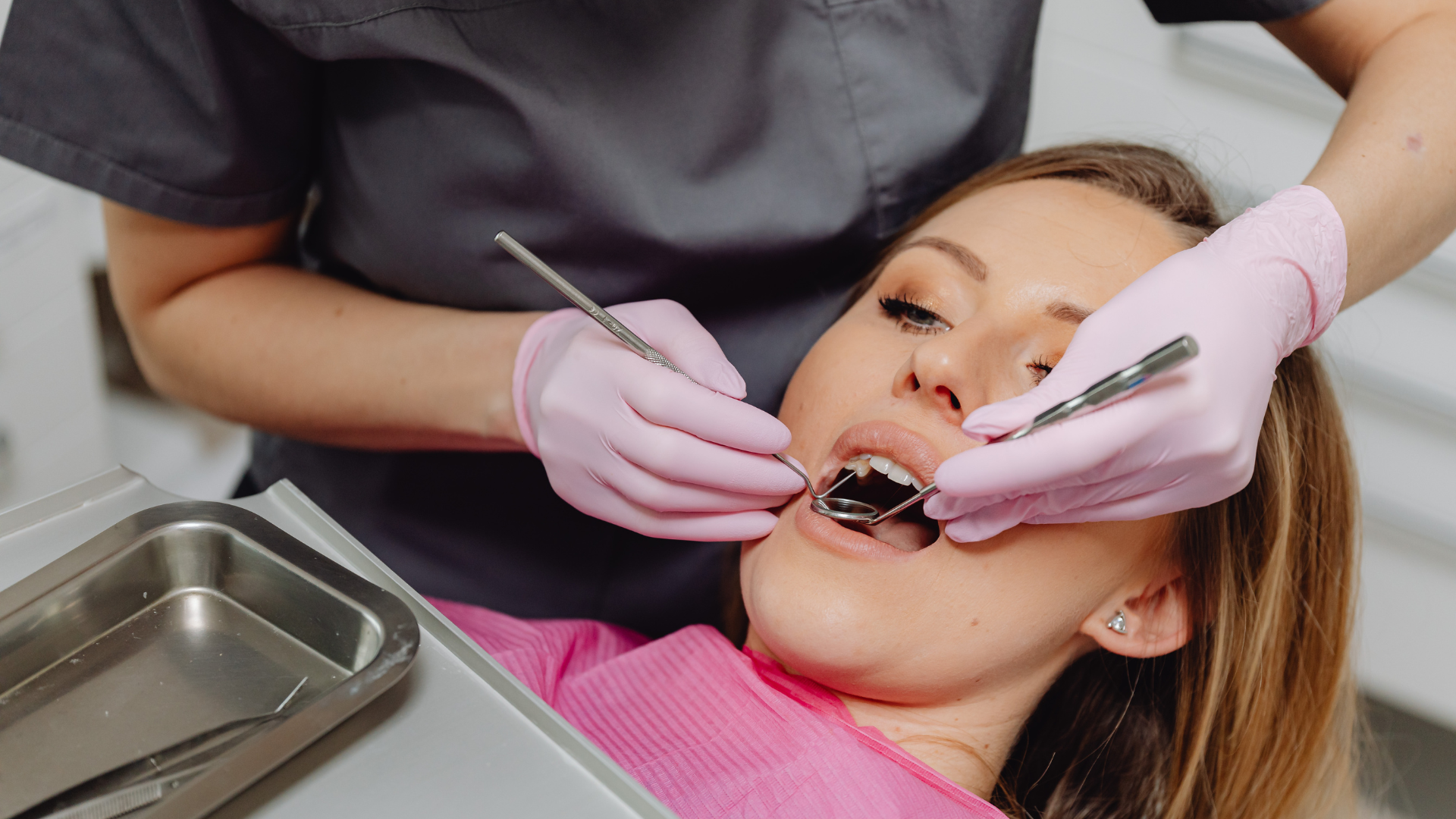Emergency Dental Care: Your Guide to Urgent Oral Solutions
Emergency Dental Care: Your Guide to Urgent Oral Solutions
Dental emergencies can strike at the most inopportune moments, turning ordinary days into stressful situations. Whether it's a broken tooth, sudden swelling, or a knocked-out incisor, immediate attention is paramount. But what exactly constitutes emergency dental care, and how can you be best prepared when faced with such unforeseen situations?
What is Emergency Dental Care?
Emergency dental care addresses immediate threats or severe discomfort related to oral health. Unlike routine check-ups or scheduled treatments, these are unscheduled visits, necessitated by sudden and often unforeseen dental problems. Common emergencies include:
Severe Toothaches:
Pain that doesn't subside with over-the-counter pain relief or natural remedies.
Broken or Chipped Teeth: Especially when causing pain or sharp edges that might injure the tongue or cheeks.
Knocked-Out Tooth: Especially important to address immediately to increase chances of re-implantation.
Lost Fillings or Crowns: Leaving the underlying tooth vulnerable.
Gum Infections: Recognized by swelling, bleeding, or severe pain.
Abscesses: Often painful infections at the root of a tooth or between the gum and a tooth.
Trauma: Accidents or injuries that affect the mouth, breaking, loosening, or displacing teeth.
How Can You Be Prepared for a Dental Emergency?
While we can't predict emergencies, we can certainly be prepared for them:
Dental First Aid Kit:
Maintain a kit with gauze, a small container with a lid (for a knocked-out tooth), painkillers, and your dentist's contact details.
Avoid Chewing Hard Items: Hard candies, ice cubes, or non-food items can cause fractures or chips.
Wear Protective Gear: When playing sports, always wear a mouth guard to prevent dental injuries.
Regular Check-Ups: Regular visits to the dentist can help identify potential issues before they escalate into emergencies.
Stay Calm: In the face of an emergency, remember to stay calm, as panic can exacerbate the situation.
Calling on Danforth Neighbourhood Dental Centre for Emergency Care
When faced with a dental emergency, Danforth Neighbourhood Dental Centre stands ready to help. Recognizing the critical nature of urgent oral issues, our clinic provides swift and efficient solutions tailored to each patient's needs.
Our trained professionals, equipped with the latest in dental technology, are always prepared to address your concerns, ensuring that your oral health remains uncompromised. Whether you're an existing patient or someone facing an unexpected dental dilemma, rest assured that Danforth Neighbourhood Dental Centre is dedicated to offering unparalleled emergency dental care.
While dental emergencies are unforeseen and often unavoidable, being informed and prepared can make all the difference. And knowing that a trusted dental centre like Danforth is just a call away provides the reassurance needed in such times.




